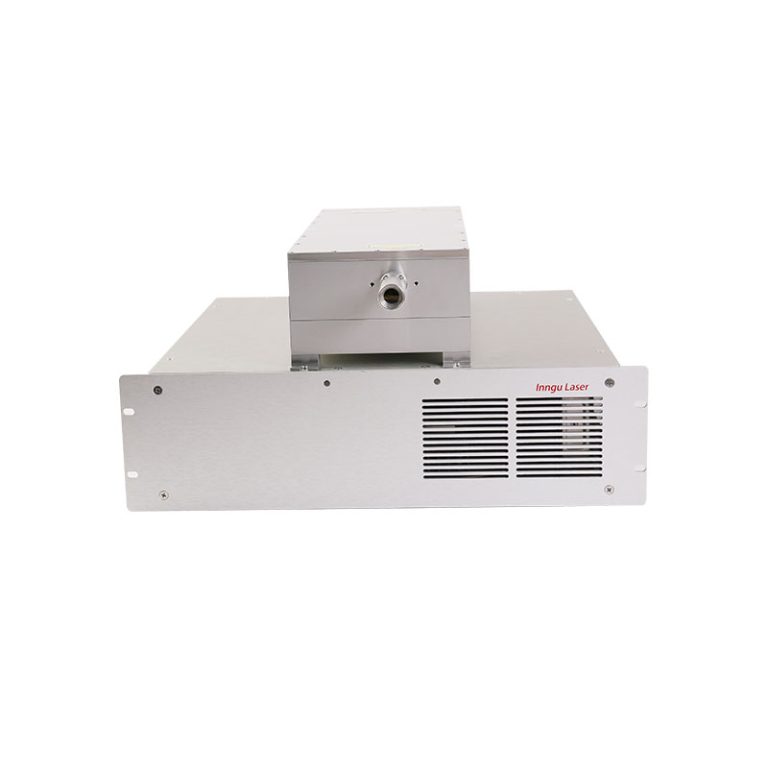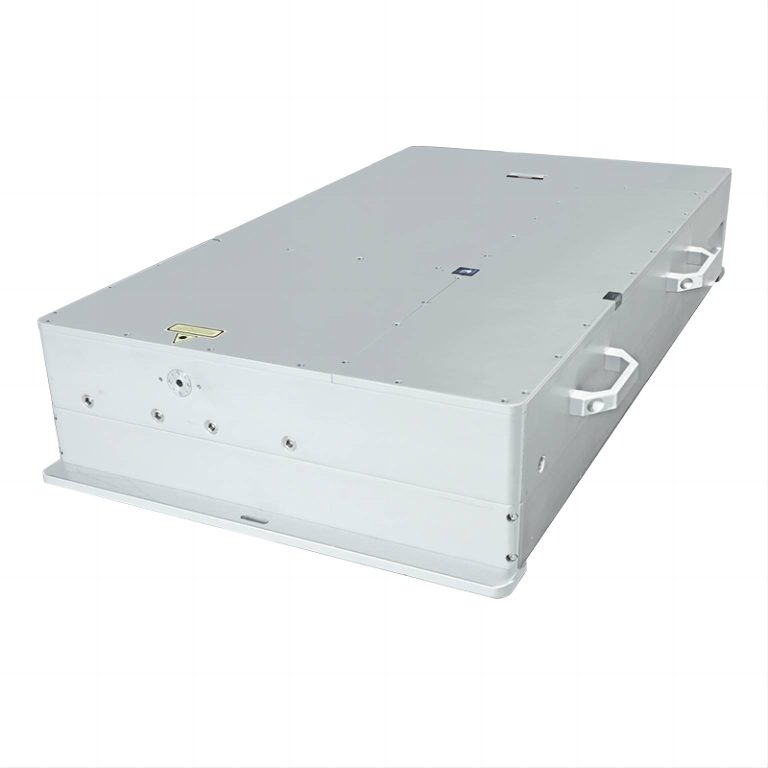Laser drilling can create holes up to a few microns in diameter on materials with high power laser beam. The size and shape of holes can be changed by adjusting the intensity, duration and focus of laser beam.
Laser drilling includes pulsed laser drilling, continuous wave laser drilling and hybrid laser drilling. Pulsed laser drilling uses short pulses of high energy laser pulses to drill small diameter holes on hard materials. Continuous wave laser drilling uses continuous beam of laser energy to drill large diameter holes on soft materials. Hybrid laser drilling combines the advantages of both pulsed and continuous wave laser drilling to achieve optimum results on both hard and soft materials.
Laser drilling is widely used in various industries such as drilling on turbine blades and fuel nozzles in aerospace industry, engine blocks, pistons and cylinder heads in automotive industry , PCB and microelectronic components in electronics industry, surgical instruments and implants in medical industry and armor plates and missile components in national defense industry.
Laser drilling has the following characteristics:
- High precision: Laser drilling provides unparalleled accuracy with tolerances down to10 microns.This level of accuracy is essential for industries where even the slightest deviation can lead to product failures or safety hazards. Laser drilling ensures that the drilling is accurately drilled where it is needed without deviations or errors.
- Faster processing: Laser drilling is much faster than traditional drilling methodsas multiple holes can be drilled at the same time.
- Versatility: Laser drilling can be used to drill holes in a variety of materials, including metals, plastics, ceramics and composite materials.
- Cleannessand precise holes: Laser drilling makes high quality holes without burrs or rough edges.


